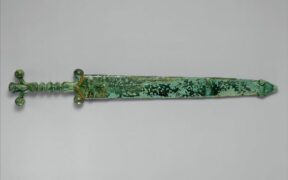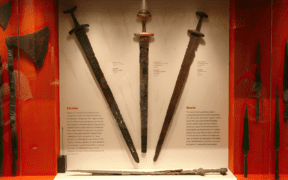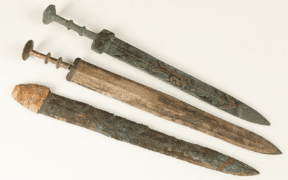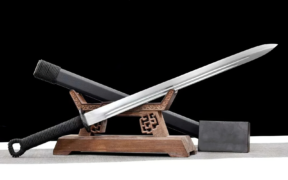Evolution of Celtic Sword Designs Through History
NO AI USED This Article has been written and edited by our team with no help of the AI
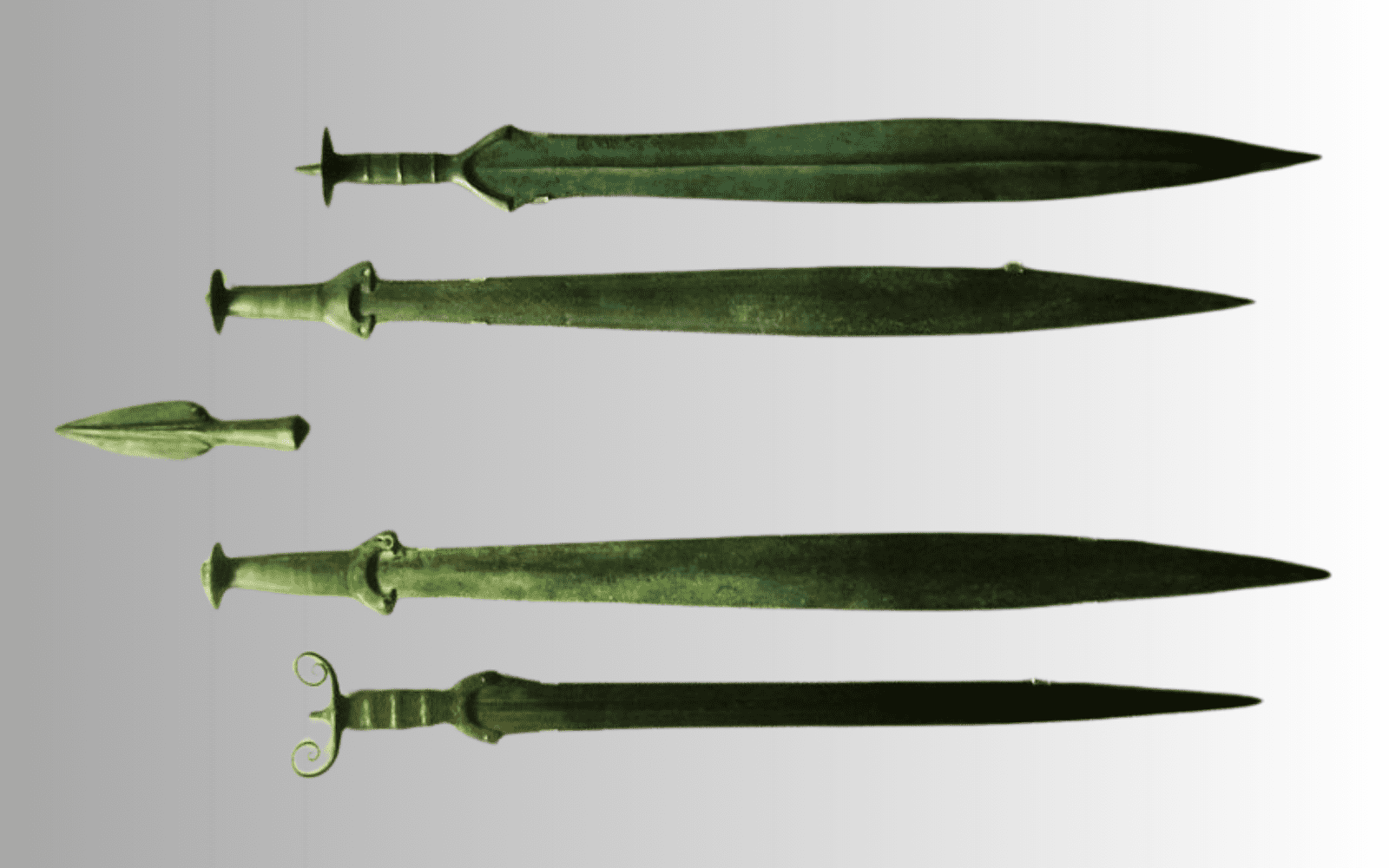
The Celts were great warriors and skilled swordsmen with a distinguished reputation across ancient Europe. Their swords, some of the earliest long iron blades in history, showcase advanced ironworking techniques of the time, highlighting their expertise and technological advancements.
In this article, we explore the Celts’ impact on European swordmaking, delving into the evolution of their sword designs.
Who Were the Celts, and How Did They Influence Swordmaking in Europe?
The Celtic People were a group of tribal peoples living in parts of central and western Europe during the Late Bronze Age and throughout the Iron Age.
- Inhabited Regions: Scotland, Britain, Ireland, France, the Low Countries, the Iberian Peninsula, Italy, the Balkans, and Anatolia.
- Tribes: Britons, Gauls, Gaels, Celtiberians, and Galatians.
Celtic mercenaries were even found as far away as Egypt, serving as elite bodyguards for Cleopatra VII during her reign. Some Celtic warrior tribes clashed with the Greeks, Romans, Carthaginians, and Anatolians.
Dr. Alan Williams, a renowned expert in the metallurgy of armor and weapons, noted that the Celts produced the first iron swords in Europe around the 7th century BCE. They introduced ironworking to Europe, revolutionizing the production of armor, weapons, and established trading networks lasting centuries.
The Evolution of Early Celtic Swords in the Hallstatt Period
The term Hallstatt, derived from an archaeological site in Austria, refers to the culture of the Late Bronze Age and Early Iron Age in central and western Europe. The Hallstatt period is typically divided into four phases (A, B, C, and D), spanning from approximately 1200 BCE to around 450 BCE.
Carp’s Tongue and Antennae-Hilted Swords
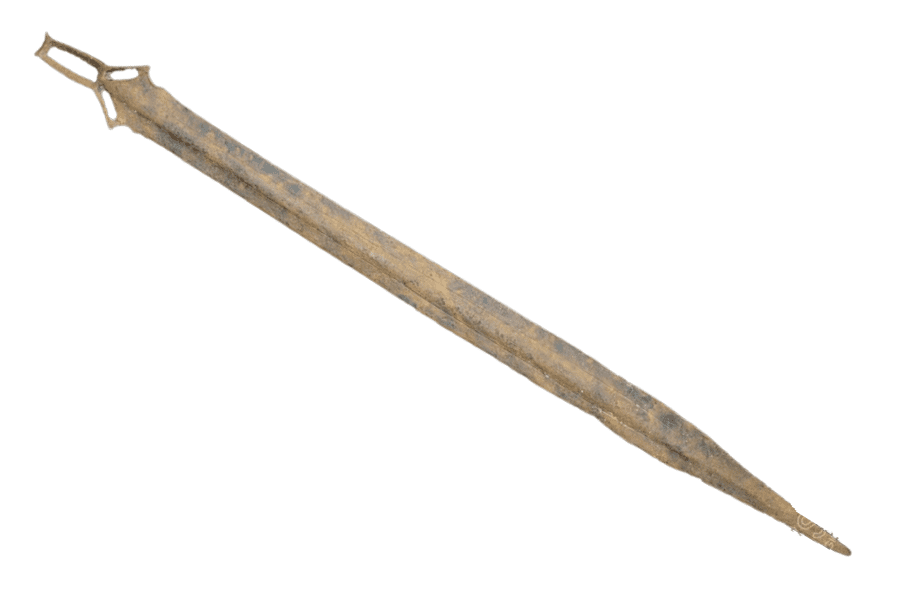
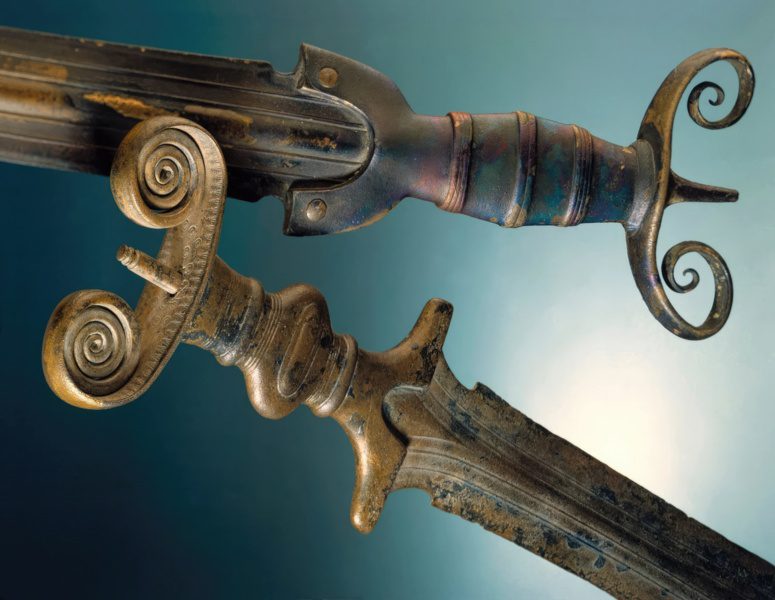
John T. Koch, a historian specializing in Celtic studies, stated that the earliest swords linked to the Celts were the carp’s tongue and antennae-hilted swords from the Hallstatt B period (Late Bronze Age). They are characterized by their leaf-shaped blades.
Gundlingen and Mindelheim Swords
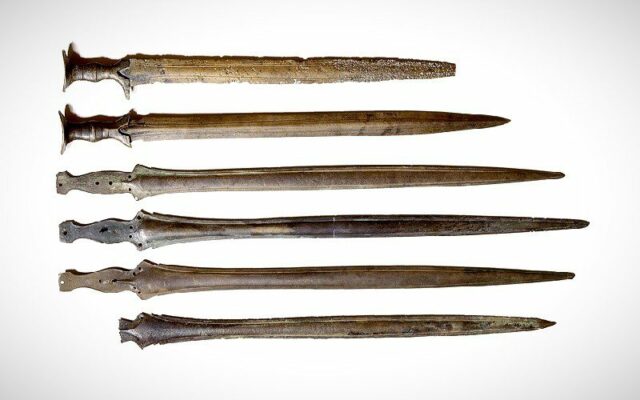
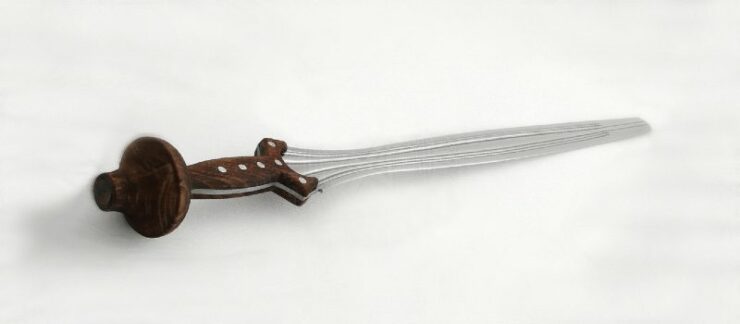
Most experts agree that the earliest Celts used swords from the late Hallstatt period (around 800-450 BCE).
Archaeologist Barry Cunliffe noted that the Hallstatt C long swords, specifically the Gündlingen and Mindelheim types, evolved from a long-standing tradition of swordmaking.
- Gündlingen Sword: Most common type, primarily made of bronze, widely used across central and western Europe.
- Mindelheim sword: First European iron sword, designed for warriors on horseback or in chariots, replaced the Gündlingen by mid-8th century BCE.
Celtic Iron Daggers
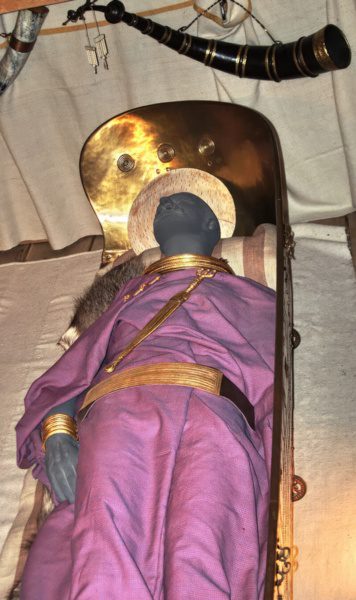
By the Hallstatt D period (600-450 BCE), spears became the main offense weapon while iron daggers became the standard sidearm. Celtic daggers eventually replaced swords as common grave goods.
Archaeologist Radomir Pleiner suggested that the shift from swords to daggers and spears was influenced by the hoplite-and-phalanx model from southern Europe. However, Celtic iron daggers were not designed for prolonged combat and were likely symbols of status and rank.
Additionally many local rulers were protected by their followers and subjects, so carrying a sword became less necessary.
Celtic Rapier or Knollenknaufschwerter
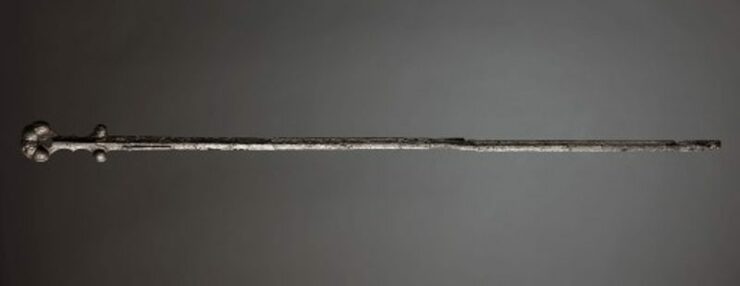
Knollenknaufschwerter, meaning bulbous tang swords, differ significantly from typical Celtic swords as they resemble rapiers with their slender blades and a diamond cross-section, designed primarily for thrusting. These swords date back to the Late Hallstatt or Early La Tène periods.
Archaeologist Radomir Pleiner noted that Celtic rapiers were not the standard warrior’s weapon. Instead, they were likely used for fencing, duels, or ceremonial purposes.
Unlike most Celtic swords found in graves, these rapiers were often discovered in rivers and lakes, intentionally deformed or broken, suggesting their ceremonial use.
The Evolution of Celtic Sword Designs in the La Tène Period
The term La Tène, originating from an archaeological site in Switzerland, refers to the Celtic culture of the Late Iron Age (450-15 BCE) which began with Celtic interactions with Greek and Etruscan cultures. It ended when most of the Celts lost their independence to Rome.
Celtic Long Swords of the La Tène Type

Celtic long swords of the La Tène period featured wide, long, double-edged blades with a guard that aligns with the blade’s curved or sloping shoulders.
Although designed for cutting, archaeologist Radomir Pleiner suggested that they were likely used as cut-and-thrust weapons.

Like their blades, many Celtic sword scabbards were renowned for their elaborate and intricate designs such as stylized zoomorphic elements, geometric patterns, and arabesques, created through incising, engraving, or chasing.
Anthropoid Short Swords and Daggers
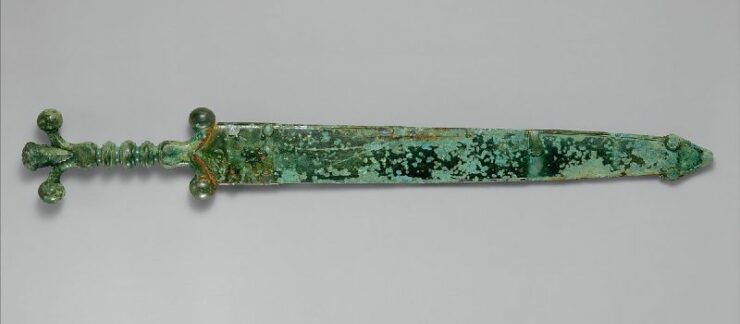
Another notable Celtic La Tene period weapon is the anthropoid short sword or dagger, named for its human-shaped hilt. The X-shaped figure has upper branches representing arms, the center as the torso, and the lower branches as legs, often capped with a knob stylized to resemble a human head.
Archaeologist Radomir Pleiner suggests that these anthropoid swords likely served as personal weapons. Although impractical for the battlefield, their discovery in the graves of the elite suggests their role as a status symbol or ceremonial significance.
The Role of Celtic Swords in Warfare
The Celts were skilled swordsmen, typically fighting on foot with minimal armor—mainly a helmet and shield—while nobles fought on horseback or in chariots.
Unlike the phalanx formations used by Mediterranean civilizations, where long swords were ineffective, the Celts unconventionally favored their long swords for cutting and slashing.
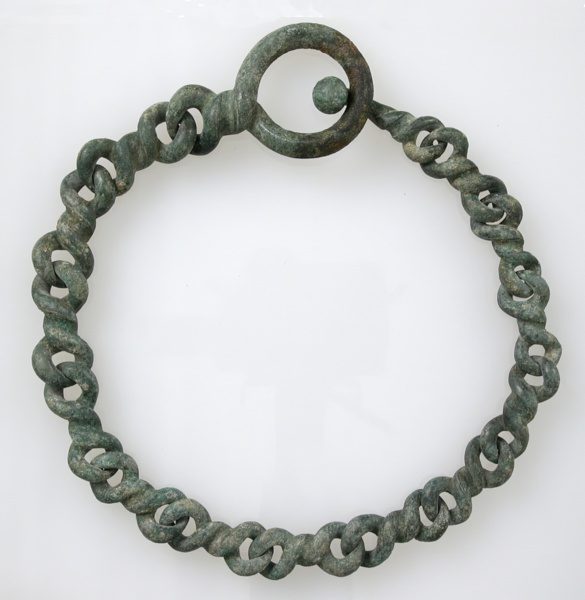
Ancient Greek historian Diodorus Siculus observed that Celts commonly carried long swords on their right, suspended by an iron or bronze chain.
Some Celtic tribes, like the Parisi of Yorkshire, carried their swords across their backs, drawing them over the shoulder from behind.
Another ancient Greek historian Strabo, recorded how Celtic warriors fought in close combat, charging into enemy lines as a unified force. Using their shields for defense, they slashed with swords and thrusted with spears.
This traditional style of warfare persisted until the Roman conquest in Europe and Britain, and later in Ireland.
Conclusion
The evolution of Celtic sword designs significantly contributed to advancing European swordmaking. As early iron masters, the Celts showcased exceptional craftsmanship and metalworking skills.
